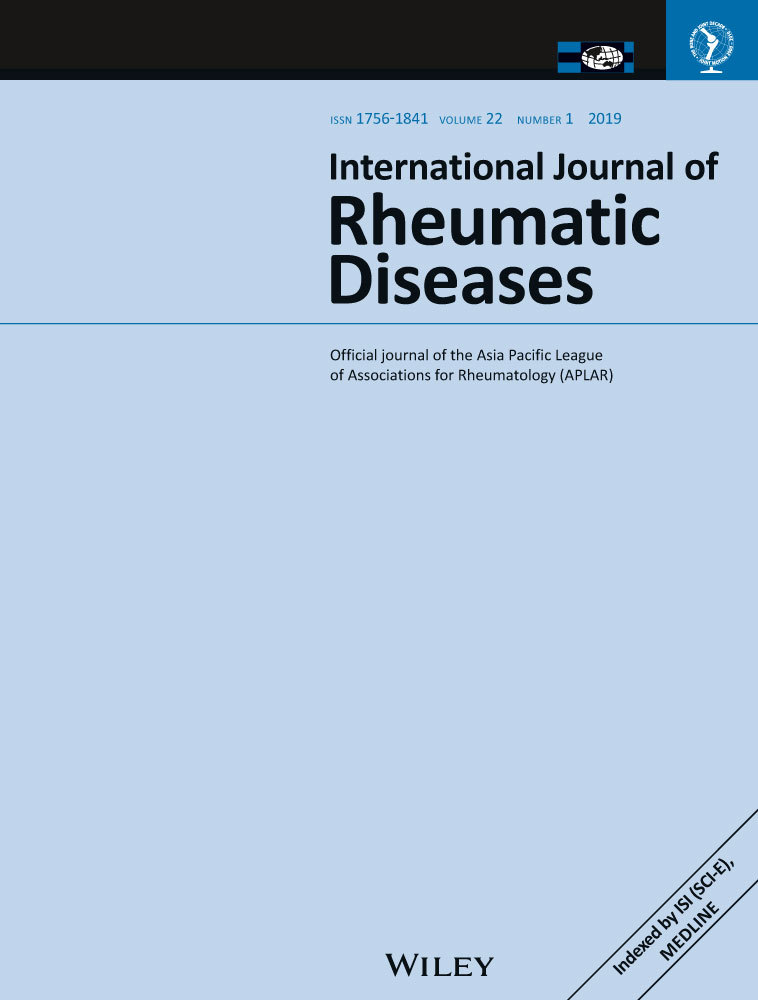Perceptions of Doppler ultrasound for rheumatoid arthritis disease activity assessment and education
Abstract
Aim
The aim of this qualitative study was to report the findings of the Defining rheumatoid arthritis progression using Doppler Ultrasound in Clinical practice (DEDUCE) Medical Practice Activity, which was developed to facilitate the utilization of Doppler ultrasound (DUS) by Australian rheumatologists in the treatment of patients with rheumatoid arthritis (RA).
Method
Twenty-one rheumatologists recruited a total of 80 patients with RA in Disease Activity Score of 28 joints (DAS28) remission for DUS assessment and completed a pre- and post-activity questionnaire assessing their experience with DUS, as well as a 6-month follow-up questionnaire. Rheumatologists discussed DUS results with patients using visual aids. Patients completed a pre- and post-DUS assessment questionnaire. Data were summarized using descriptive statistics.
Results
Following completion of the activity, 95% of rheumatologists (20/21) believed DUS was a useful assessment tool for patients with RA. The majority found the DUS results useful and more than half thought the DUS assessment fit well into their consultation. A majority of rheumatologists indicated they would use DUS imaging in patients with low disease activity and remission, and for disease activity assessment to inform in therapeutic decision-making. All patients who responded found the visual aids useful and most felt that discussing DUS results improved understanding of their disease and would help with medication adherence.
Conclusion
Incorporation of DUS imaging into routine clinical practice is feasible, encourages rheumatologists to utilize and expand their clinical application of DUS imaging in patients with RA, and may improve patient understanding of their disease and adherence to medication.




